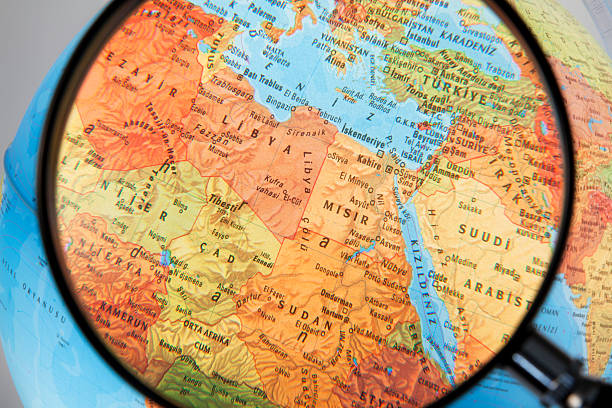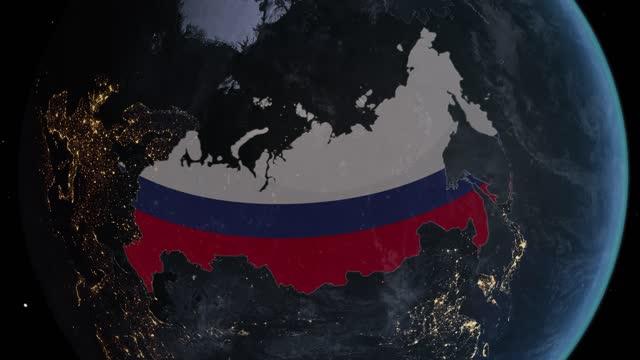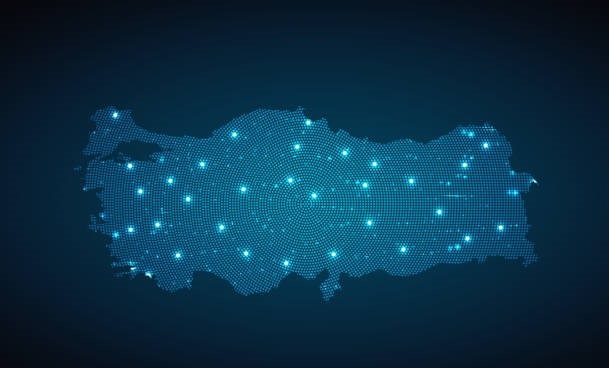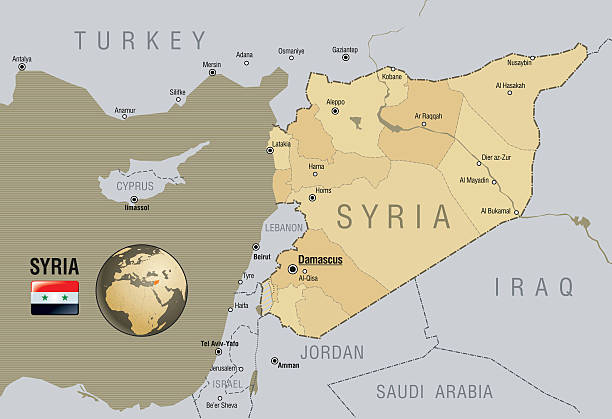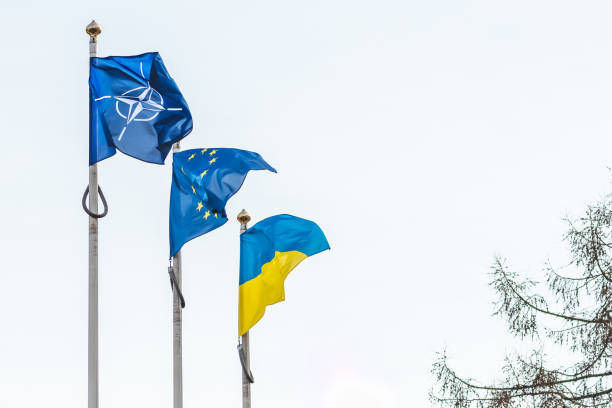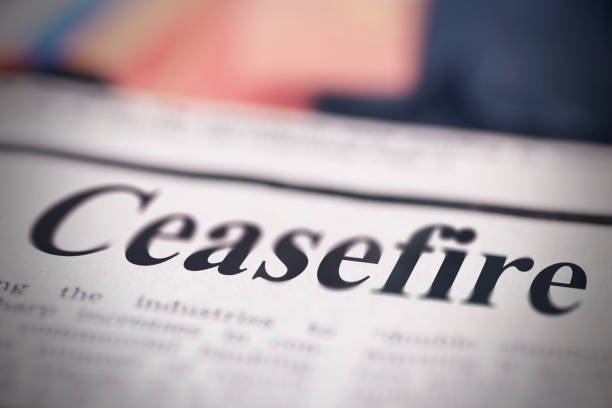The killing of Hamas’s Saleh al-Arouri in Beirut on January 2, and the twin blasts near the burial site of Qasem Soleimani that caused the death of nearly a hundred Iranians the next day have raised worries about a widening regional conflict.
What are the areas likely to witness an escalation?
The first is the Israeli-Lebanese border where Hezbollah and the IDF confront one another. The line that functions as the de facto boundary between Israel and Lebanon is not technically an international boundary but rather a line of withdrawal mandated by the United Nations in 2000 following the removal of Israeli military forces from southern Lebanon. The demarcation is riddled with disputes and problem areas. The situation is further complicated by the conflict between Israel and Syria over the Golan Heights, which was unilaterally annexed by Israel in 1981 in a move that was not internationally recognized.[i] Regardless, on March 25, 2019, the United States, under the Trump administration, officially recognized the Golan Heights as being under the sovereignty of Israel.
Since the Hamas onslaught of October 7, IDF and Hezbollah have regularly exchanged fire. However, both sides have refrained from serious escalation. Following the killing of Saleh al-Arouri on January 3, an adviser to Prime Minister Netanyahu said that Israel has not taken responsibility for the attack. “But whoever did it, it must be clear – this was not an attack on the Lebanese state. Whoever did this, did a surgical strike against the Hamas leadership,” he added. Hezbollah’s leader Hasan Nasrallah declared that Israel would meet with “a response and punishment”.
The second is the areas in Iraq and Syria where the US maintains 3,500 troops, ostensibly “to prevent a resurgence of the Islamic State (IS)”.
On December 26, the US conducted airstrikes targeting facilities in the city of Hilla, 100 kilometers south of Baghdad, that were used by Kataib Hezbollah, considered a proxy of Iran. This was after the group claimed credit for a drone attack on the US forces on Erbil Air Base, wounding three soldiers.
On January 4, a US airstrike killed the deputy commander of the Iran-linked Harakat Hezbollah al-Nujaba in central Baghdad. The group has claimed several attacks on US forces. However, the US response caused collateral damage in buildings in the vicinity, led to protests among the locals, and was condemned by the Iraqi government raising questions as to how long the US would be able to maintain a military presence in the country.
The third is the Red Sea where the Houthis in Yemen are targeting transiting ships “related to Israel”. On December 18, 2023, the US announced the creation of a multinational mission, “Operation Prosperity Guardian” to counter escalating “attacks by Houthis that threaten the free flow of commerce, endanger innocent mariners, and violate international law”.
Most recently, the Houthis attacked a Maersk container vessel with missiles and small boats. US helicopters sank three of the militant boats, with no survivors, while the fourth boat fled the area, CENTCOM said in the statement. Maersk, the world’s second-largest container ship owner, later announced that it would once again stop its vessels from sailing through the Red Sea and re-route them to sail south of Africa.
The twin blasts near the burial site of Qasem Soleimani on January 3, where nearly a hundred people were killed and scores injured in the southern Iranian city of Kerman have added to concerns about a widening conflict. President Raisi’s political deputy, Mohammad Jamshidi, blamed Israel and the US for the attack. Later, Iran’s Supreme Leader Ayatollah Khamenei vowed a “harsh response” to the attack but did not mention either Israel or the US.
When questioned soon after the attack, “It does look like a terrorist attack. The type of thing we’ve seen ISIS do in the past,” said a senior US official. “And as far as we’re aware, that’s … our going assumption at the moment.”[ii]
The same day, US National Security Council Coordinator for Strategic Communications John Kirby said, “Our hearts go out to all the innocent victims and their family members, who are — obviously, their lives are going to be forever changed by this.”
A statement by the EU High Representative condemned in the strongest terms the bombing in Iran and said that the EU expresses its solidarity with the Iranian people.[iii]
In brief, Washington tried to disassociate itself and Israel from the attack, and temper Iran’s response. The next day, the Islamic State claimed responsibility for the bombing.
To sum up this latest twist of developments, the US maintains 3,500 troops “to prevent a resurgence of the Islamic State (IS)”. When Iran’s proxies in Iraq attack, they retaliate. Then, the IS kills a hundred Iranians on a solemn occasion. The next day, a US airstrike in Baghdad kills an Iran-linked militia’s deputy commander. With some exaggeration, it makes one wonder why Iran and the US are not putting other differences aside and forming a coalition to combat the IS. So, one must wait and see how Tehran would respond to IS’s claim before drawing far-reaching conclusions.
As for the regular adversarial pattern of the Iran-US relationship, the Washington Post has recently published an article titled “Iran showcases its reach with militia attacks across Middle East”. It drew attention to the capacity of Iran’s newly restructured network of allied militias, demonstrating Tehran’s strategic reach while allowing it to keep a distance from the fight.[iv] I also said In an earlier post that Iran would continue its support to Hamas, Hezbollah, and other anti-Israel groups, but not to the brink of war.
It appears that Israel is now reacting to the Iran-supported militant groups in its own way and giving signals about future arrangements in Gaza. Israel’s Defense Minister Yoav Gallant has outlined proposals for the future governance of Gaza once the war between Israel and Hamas is over. His vision of a future arrangement would see the enclave run by a Palestinian body under overall Israeli security control. The plan is not going to be supported by the far-right members of the Israeli government and will be rejected by Hamas, it is a message to the Palestinians, nonetheless.
Since it sees Tehran as the principal sponsor of the groups called “Iran’s proxies”, could Washington be tempted to react more strongly to their provocations and thus send a message to Iran? If so, where? Not in Lebanon against Hezbollah since this would make the US a party to the war in Gaza and will be met with a global reaction. In Iraq and Syria? Only in proportional response when American forces are attacked in Iraq because more would also trigger an international reaction and cause more problems for Baghdad where the US military presence is becoming an issue.
In other words, with measured Western support for standing solidly behind Israel and a history of failed interventions, Washington’s top objective would be to avoid getting involved once again in a Middle East conflict. Washington’s public discourse following the twin blasts in Kerman reflects a desire to avoid a confrontation with Iran. Washington knows that a new military intervention in the region, on top of the war in Ukraine, will also bury the “pivot to Asia”.
However, if a military retaliation or show of force were to become inevitable at some point, for a variety of reasons, including the security of international shipping which is a matter of interest for many countries, Houthis could become the target of a multilateral military response led by the US. That, however, would depend on their ramping up attacks on commercial vessels or targeting the naval vessels of the US and its allies in the Red Sea. On Wednesday the twelve countries of Operation Prosperity Guardian issued a new warning to the Houthis.
While attention has focused on the possibility of escalation between Israel and Iran and Iran-backed groups, the situation in the West Bank is also worrying. Since 7 October, 304 Palestinians, including 79 children, have been killed in the occupied West Bank, where settler violence remains a grave concern. Meanwhile, four Israelis, including three members of the IDF, were killed in attacks by Palestinians, and another four Israelis were killed by Palestinians during an attack in West Jerusalem. And it appears that under the cover of the war in Gaza, Jewish settlers in the occupied West Bank have carried out a “surge” of unauthorized moves to expand their footprint in the territory, according to a report by Peace Now, an Israeli advocacy group that opposes settlements and tracks their progress.[v] Without a shadow of a doubt, Washington has been urging the Israeli leadership to do its most to ensure that tensions in the West Bank do not spin out of control.
Whatever the political and military calculations of the warring parties, a conflagration is the last thing the Miserable East needs.
[i] https://sovereignlimits.com/boundaries/israel-lebanon-land
[ii] https://thehill.com/policy/defense/4387661-us-says-isis-could-have-carried-out-iran-bombing/
[iii] https://www.auswaertiges-amt.de/en/newsroom/news/-/2638778
[iv] https://www.washingtonpost.com/world/2024/01/01/iran-militias-gaza-israel/?pwapi_token=eyJ0eXAiOiJKV1QiLCJhbGciOiJIUzI1NiJ9.eyJyZWFzb24iOiJnaWZ0IiwibmJmIjoxNzA0MDg1MjAwLCJpc3MiOiJzdWJzY3JpcHRpb25zIiwiZXhwIjoxNzA1NDY3NTk5LCJpYXQiOjE3MDQwODUyMDAsImp0aSI6IjJjNGQ2ZTVjLTAzMWItNDI1My1iOWNlLWUxZThhNTQzZTdmOCIsInVybCI6Imh0dHBzOi8vd3d3Lndhc2hpbmd0b25wb3N0LmNvbS93b3JsZC8yMDI0LzAxLzAxL2lyYW4tbWlsaXRpYXMtZ2F6YS1pc3JhZWwvIn0.1geuCVPq9HyC0c_BB1mq4GQ3a28cebkYIPYmdHlP4Ms
[v] https://www.nytimes.com/2024/01/05/world/middleeast/israel-west-bank-settlements.html
